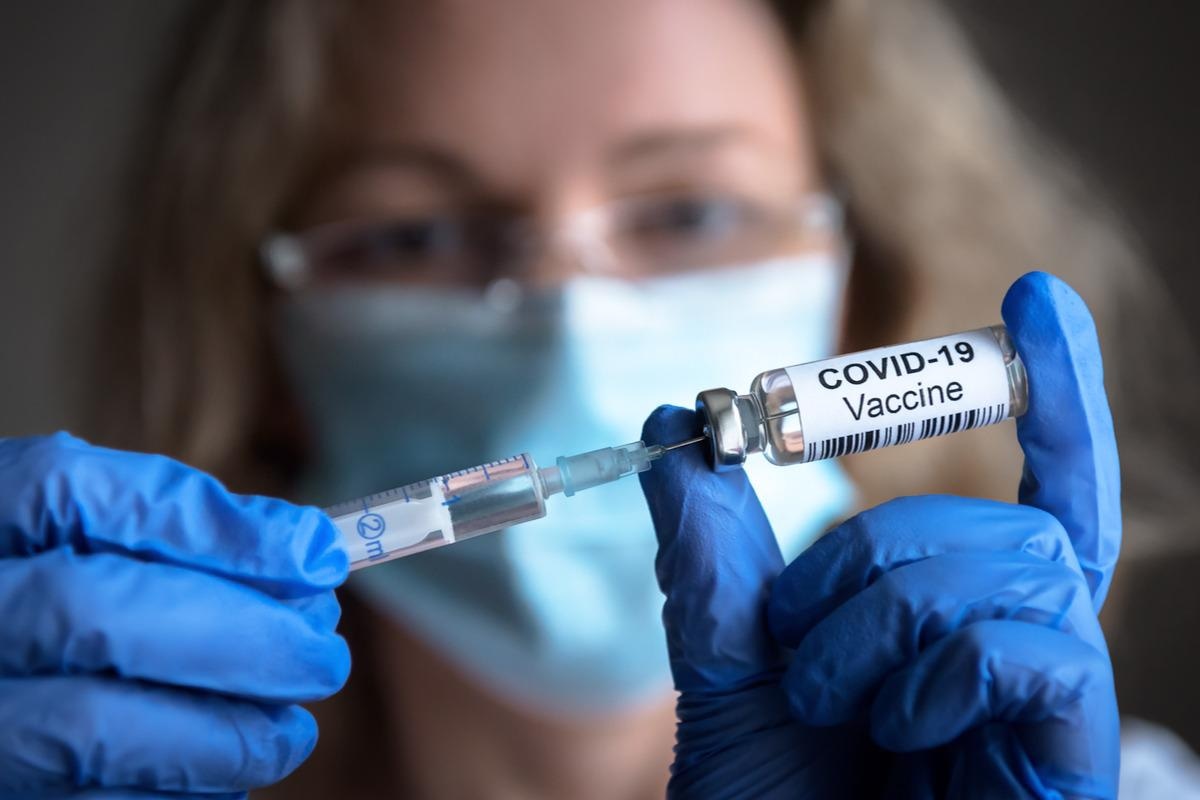In a recent study posted to the medRxiv* preprint server, researchers evaluated the immune responses after the third (V3) and fourth (V4) doses of homologous and heterologous messenger ribonucleic acid (mRNA) vaccines against coronavirus disease 2019 (COVID-19) in kidney transplant recipients (KTRs).

Background
Booster COVID-19 vaccinations have substantially enhanced immune protection among healthy individuals. However, the immune responses against severe acute respiratory syndrome coronavirus 2 (SARS-CoV-2) have been reported to be attenuated among immunocompromised individuals such as KTRs.
The immunocompromised population of the United Kingdom (UK) is currently being offered a fifth COVID-19 vaccine dose, in conjunction with community therapeutic regimens.
About the study
In the present prospective study, researchers reported on the immune responses after V3 and V4 of homologous and heterologous vaccines in KTRs. The data obtained could inform the immunological landscape among this immunosuppressed cohort before their fifth vaccine dose (V5).
A total of 724 KTRs were screened for immune responses after V3 of SARS-CoV-2 vaccines, of which samples were obtained from 322 participants after V4 for induction of antibodies against SARS-CoV-2 spike (S) protein and 69 patients had ongoing assessments for T lymphocyte-mediated immune responses. The KTRs were taken care of by the Imperial College Renal and Transplant Centre of London.
Homologous and heterologous doses of the BNT162b2 and ChAdOx1 vaccines were administered post-kidney transplantation. For all the study participants, serological assessments were carried out after the second vaccine dose (V2) and a minimum of once before their first vaccine dose (V1).
The anti-S antibody titers were expressed in binding antibody units (BAU)/mL with positivity threshold and maximum values of 7.1 BAU/ml and 5680 BAU/ml, respectively. The odds ratios (OR) for the risk factors of non-seroconversion were calculated. SARS-CoV-2 Infection was confirmed by lateral flow assays or reverse-transcription-polymerase chain reaction (RT-PCR). COVID-19 prior to December 2021 was defined by the presence of antibodies against the receptor-binding domains (RBD) or nucleocapsid (NP) using enzyme-linked immunosorbent assays (ELISA).
Peripheral blood mononuclear cells (PBMCs) of whole blood samples collected from the participants were subjected to ELISpot assays to evaluate SARS-CoV-2-specific and interferon γ-secreting T lymphocyte responses. The positivity cut-off in these assays was which cut-off for positivity of 40 spot forming units (SFU)/106 PBMC.
Results
After V3, 81% (586 out of 724) participants had no COVID-19 history whereas 19% (138 out of 724) participants had a history of SARS-CoV-2 infection. After V4, 74% (239 out of 322) participants did not have COVID-19 history whereas 26% (83 out of 322) participants had been previously infected by SARS-CoV-2. About 24% (141 out of 2586) participants were seronegative after 31 days of V3.
The timing of vaccination in relation to the transplantation time (OR 0.3, p=0.0001), diabetes (OR 0.5, p = 0.001), and immunosuppression (OR 0.2, p<0.0001) were found to independently place the KTRs at a higher COVID-19 risk with lack of serological antibodies. Seropositive patients primed with the BNT162b2 vaccine had more anti-S antibodies after V3 compared to the ChAdOx1 vaccine (p = 0.001).
After V4, about 19% (45 out of 239) participants did not develop serological immune responses against SARS-CoV-2. Seroconversion de novo after V4 was observed in 25% (15 out of 60) of participants who demonstrated seronegativity after V3. There were no significant differences in the anti-S titers after V4 on administering combinations of the vaccines (p=0.5). However, the anti-S titers after V4 were increasingly higher in the participants who showed seroconversion after V2 [1561 (567 to 5211) BAU/ml] in comparison to those after V3 [379 (101 to 851) BAU/ml] and after V3 in comparison to that after V4 [19 (10 to 48) BAU/ml].
Participants who seroconverted after V3 most likely received the first vaccine dose after one-year post-transplantation (p < 0.001) were to be administered tacrolimus as maintenance treatment (p<0.001), primed with V1 and V2 of the BNT162b22 vaccine (p=0.0086) and were not diabetic (p=0.005).
Conclusion
Overall, the study findings showed that ~20% KTRs were seronegative with a lack of anti-S antibodies even after three and four SARS-CoV-2 vaccine doses. Among KTRs who seroconverted after V3 and V4, the antibody titers remained lower than those who demonstrated immune responses after the second dose.
Further, T lymphocyte responses to natural infection were poor after V4, compatible with the universal use of immunosuppressants such as calcineurin inhibitors in KTRs globally. Thus, for KTRs, regular clinical assessments of anti-S titers would aid in the identification of seronegative individuals who are most vulnerable to the adverse effects of SARS-CoV-2 infections.
*Important notice
medRxiv publishes preliminary scientific reports that are not peer-reviewed and, therefore, should not be regarded as conclusive, guide clinical practice/health-related behavior, orvtreated as established information.
- Tina Thomson, et al. (2022). Immune responses following 3rd and 4th doses of heterologous and homologous COVID-19 vaccines in kidney transplant recipients. medRxiv. doi: https://doi.org/10.1101/2022.04.29.22274396 https://www.medrxiv.org/content/10.1101/2022.04.29.22274396v1
Posted in: Medical Science News | Medical Research News | Disease/Infection News
Tags: Antibodies, Antibody, Blood, Coronavirus, Coronavirus Disease COVID-19, covid-19, Diabetes, Enzyme, Homologous, Immunosuppression, Interferon, Kidney, Kidney Transplant, Lymphocyte, Polymerase, Polymerase Chain Reaction, Protein, Receptor, Respiratory, Ribonucleic Acid, SARS, SARS-CoV-2, Severe Acute Respiratory, Severe Acute Respiratory Syndrome, Syndrome, T Lymphocyte, Tacrolimus, Transcription, Transplant, Vaccine

Written by
Pooja Toshniwal Paharia
Dr. based clinical-radiological diagnosis and management of oral lesions and conditions and associated maxillofacial disorders.
Source: Read Full Article
